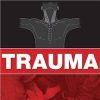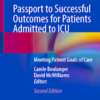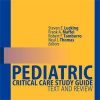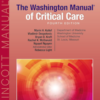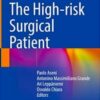How Do We Test for Coronavirus?
cdc.govCenters for Disease Control (CDC), published methodology for 2019-Novel Coronavirus (2019-nCoV) testing and is currently in the process of applying for an emergency waiver to allow medical-testing facilities to perform these tests.
This document describes the use of real-time RT PCR (rT-PCR) assays for the in vitro qualitative detection of 2019-Novel Coronavirus (2019-nCoV) in respiratory specimens and sera. The 2019-nCoV primer and probe sets are designed for the universal detection of SARS-like coronaviruses and for specific detection of 2019-nCoV.
Protocol Use Limitations
The rRT-PCR assays described here have not been validated for platforms or chemistries other than those described in this document.
Biosafety Precautions
Wear appropriate personal protective equipment (e.g. gowns, gloves, eye protection) when working with clinical specimens. Specimen processing should be performed in a certified class II biological safety cabinet following biosafety level 2 or higher guidelines.
Acceptable Specimens
- Respiratory specimens including: nasopharyngeal or oropharyngeal aspirates or washes, nasopharyngeal or oropharyngeal swabs, broncheoalveolar lavage, tracheal aspirates, and sputum.
- Swab specimens should be collected only on swabs with a synthetic tip (such as polyester or Dacron®) with aluminum or plastic shafts. Swabs with calcium alginate or cotton tips with wooden shafts are not acceptable.
- Serum
Specimen Handling and Storage
- Specimens can be stored at 4oC for up to 72 hours after collection.
- If a delay in extraction is expected, store specimens at -70oC or lower.
- Extracted nucleic acids should be stored at -70oC or lower.



